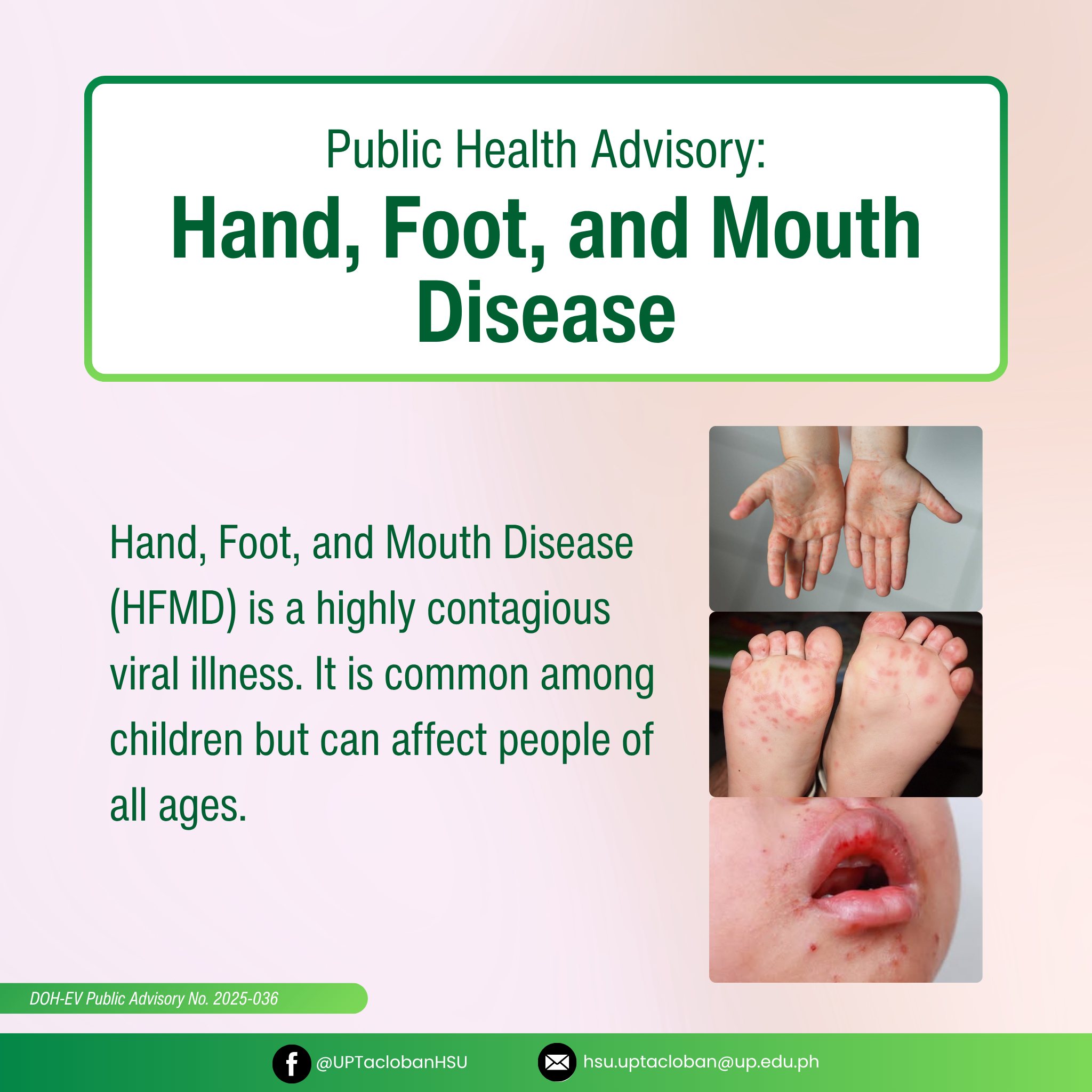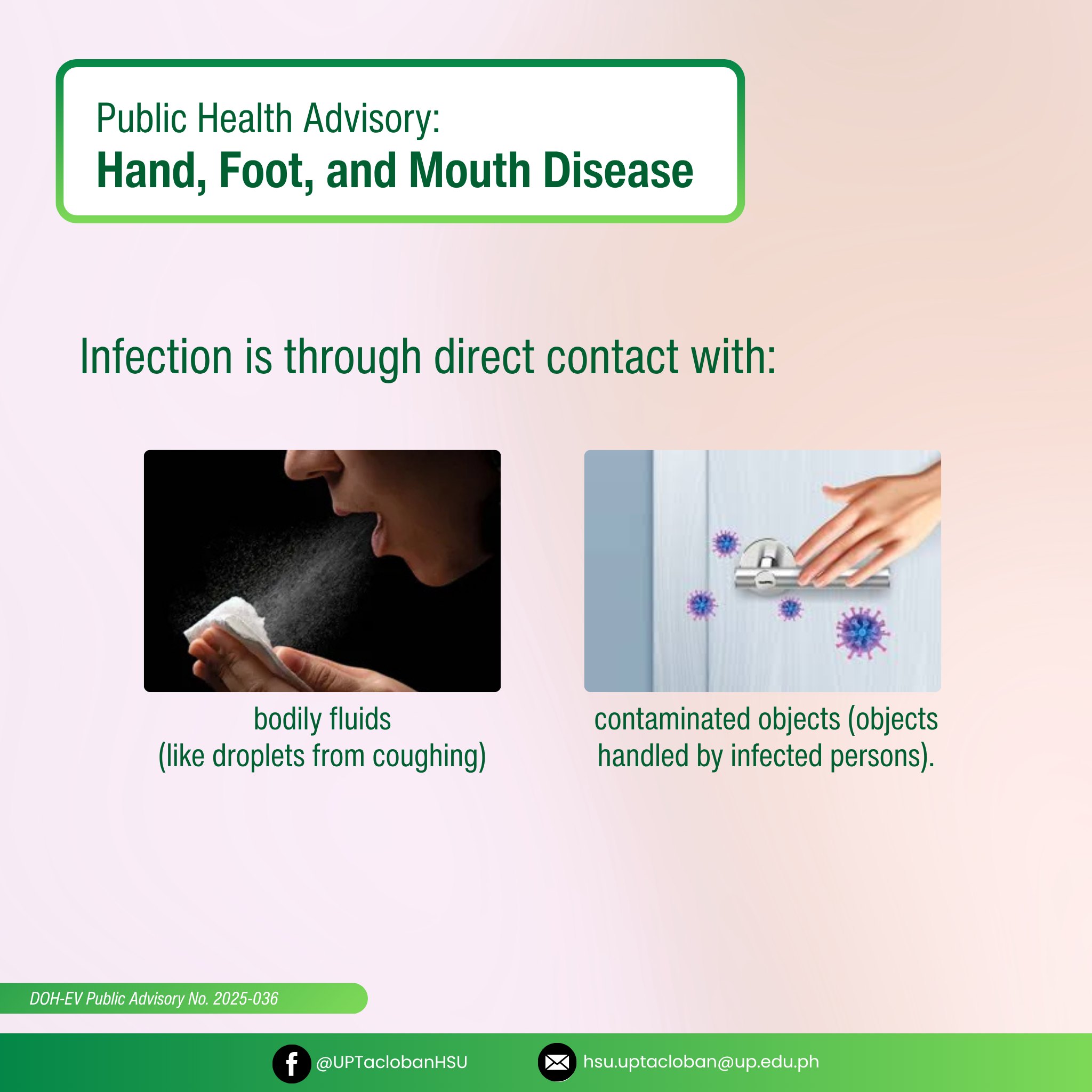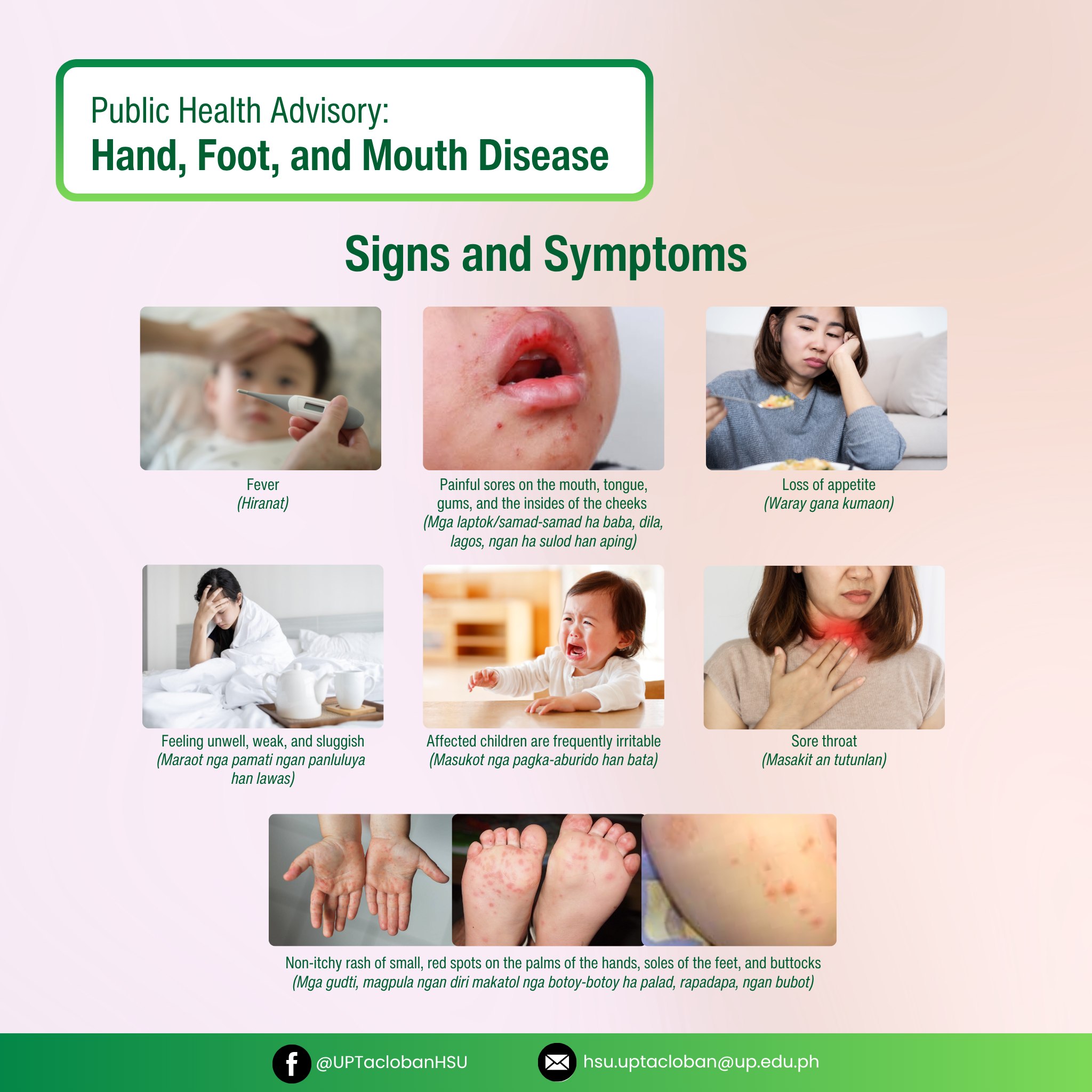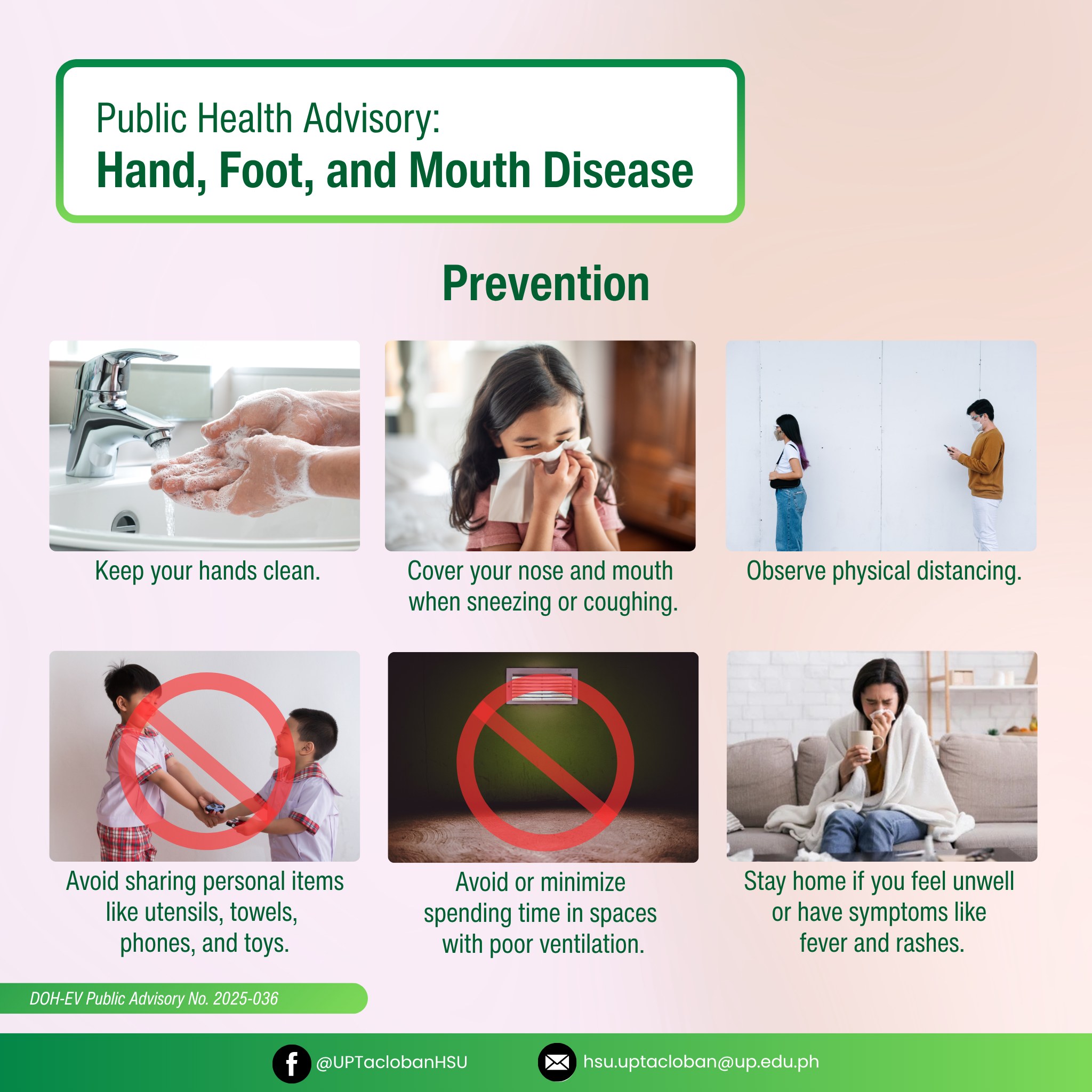AFTER AN EARTHQUAKE
1. Calmly move to the designated evacuation area following the nearest safe route with your emergency supplies and valuables. Do not use elevators.
2. If possible on your way out, turn off burners, gas valves, and electrical equipment.
3. Report injuries, trapped individuals, and unsafe conditions to designated personnel at your evacuation assembly area.
4. Do not re-enter buildings until given clearance to return. Wait for instructions, be patient, and help others.
5. Be prepared for aftershocks, which may occur seconds, minutes, hours, or days after the initial shock.
6. Stay on campus until you have been accounted for and instructed that it is safe to leave. Roads may have been damaged or blocked by debris, so travel may be dangerous.
If you are trapped in a building:
1. Remain calm and composed.
2. If a window is nearby, hang a piece of clothing (such as a shirt) outside to serve as a signal to rescuers.
3. If there is no window, make tapping sounds on a pipe or wall to help rescuers locate you. If you have a flashlight or whistle, use it to indicate your position. Activate the manual fire alarm if it is accessible. Shout only as a last resort to avoid inhaling dust and to conserve your energy and voice.
4. Cover your nose and mouth with any available cloth or material for protection. Minimize movement to prevent stirring up dust.
If a tsunami warning is issued:
1. Leave the campus/your residence and move inland towards higher ground or to designated tsunami evacuation zones. Stay away from coastal areas, rivers, and bridges.
2. Dormitory residents and others on campus who are unable to leave immediately should evacuate to the third floor of the Library Building.
3. Wait for the official “All Clear” from PHIVOLCS or NDRRMC before returning to coastal areas.
For further information:
1. Listen for official announcements from PHIVOLCS, NDRRMC, university authorities, and/or the college’s Disaster Risk Reduction and Management Committee via radio, megaphone, or text alerts.
2. Avoid spreading unverified information.



